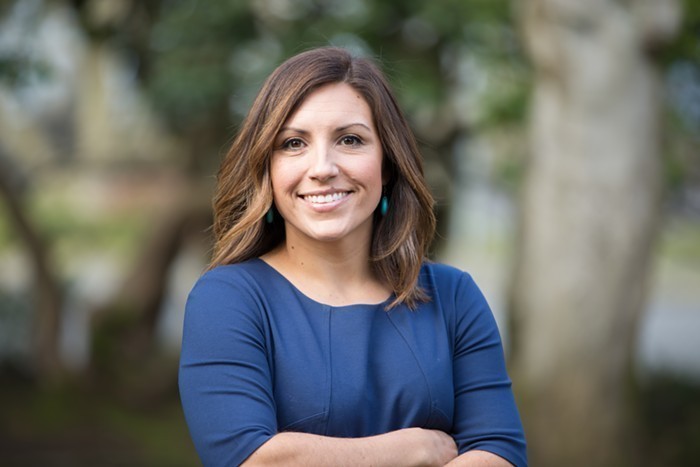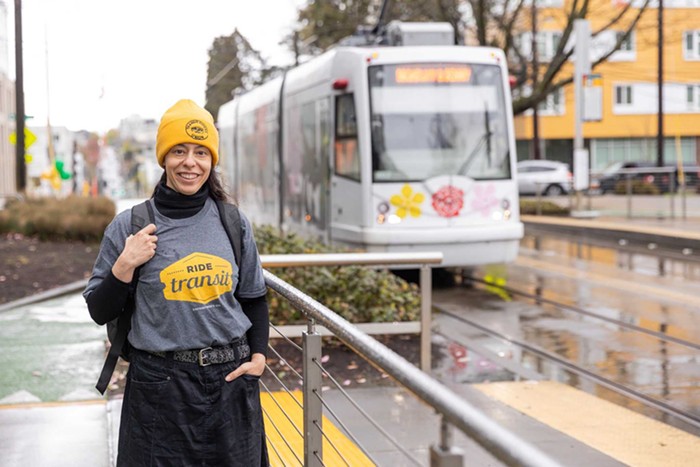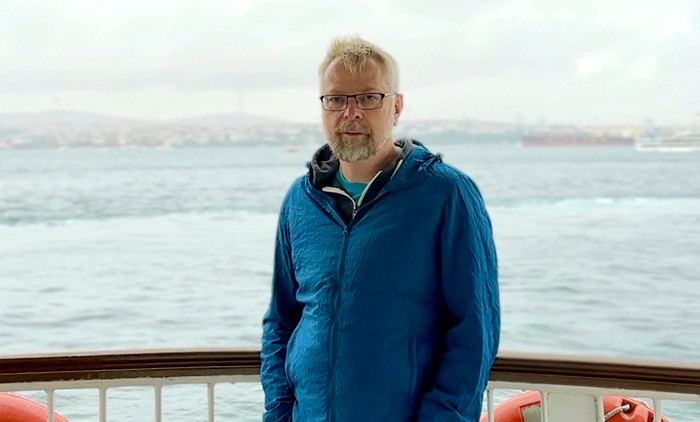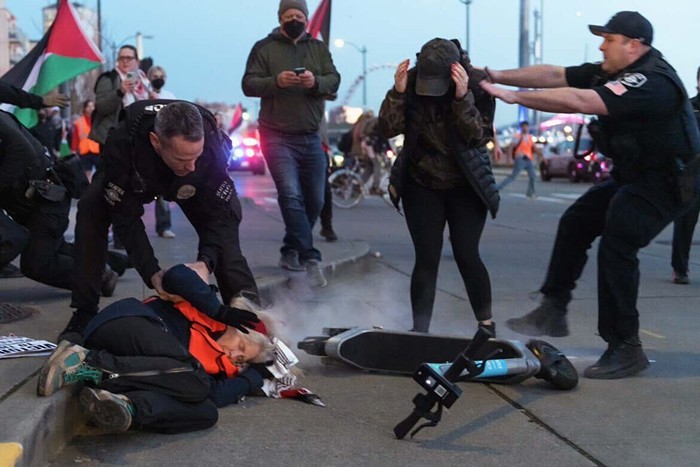
Community activists in Seattle have been working to create low-power FM radio stations for the past two years, and success is in sight: Seven local stations now have Federal Communications Commission-approved frequencies on the radio dial, from 96.9 FM at the low end to to 107.3 FM at the other. Yesterday, on National Radio Day, they celebrated their success with a pop-up radio station at Seattle's downtown library.
Seventeen-year-old Autum Worcester, a local community college student, helped set up the station, which streamed online throughout the morning. (It came with a miniature replica of a radio tower, though it wasn't broadcasting over the terrestrial airwaves). The idea, he said, was to show people how radio works first-hand. Some practiced writing their own radio introductions. If you've ever worked in radio, you know it requires a kind of writing and speaking that's uniquely adapted to the medium. It's also a ton of fun.
In total, fifteen low-power FM radio stations around Puget Sound have been approved by the FCC to build stations, according to the Seattle Times. The stations will use a weak radio signal to broadcast to a "hyperlocal" geographic area—roughly a 3.5-mile radius. But many of them will also be streaming online, making them accessible to anyone with an Internet connection. (Big radio networks, including NPR, lobbied unsuccessfully at the national level against low-power FM, arguing there literally wasn't space on the radio dial for smaller stations.)
Longtime media justice activist and Brown Paper Tickets "doer" Sabrina Roach has brought together fifteen of the stations into a "Puget Sound Community Radio Cohort." Among them, seven are in Seattle, and only one (Voice of Vashon) is broadcasting terrestrially. They range from immigrant rights organization OneAmerica's 106.5 FM, to Hollow Earth Radio's KHUH 100.3 FM, to Rainier Valley Radio's 105.7 FM. (Roach is also pushing for Seattle to create a municipal broadband network.)
Worcester said the nature of low-power FM is that "a lot of voices that otherwise wouldn't shine, get to shine... If you want to check out the local flavors in Rainier Valley, you can do it. It's providing the voice of Rainier Valley to the entire world."
Worcester wants everyone to know that on August 29, Rainier Valley Radio is hosting a day-long festival and fundraiser. "Rainier Valley has a rich history," said Tony Benton, one of the founders of the station, in a statement. "KVRU is a way for Southeast Seattle residents to tell their own stories, share experiences, and become creators and contributors of media."
Here are maps provided by Brown Paper Tickets that show the broadcasting areas of each new Seattle-area radio station:


























